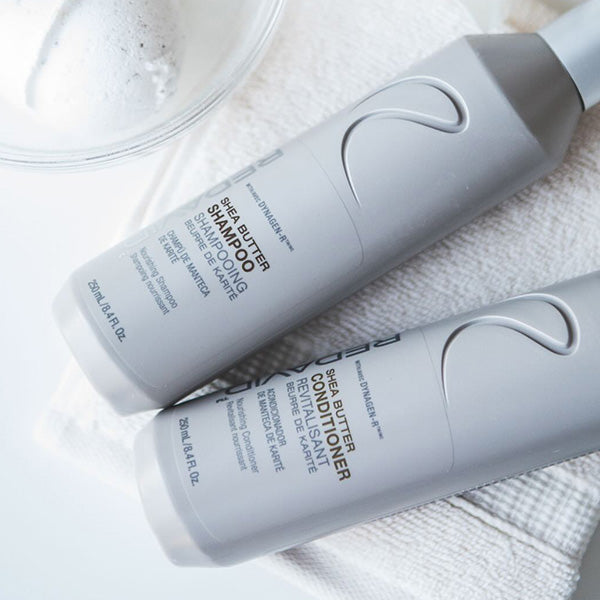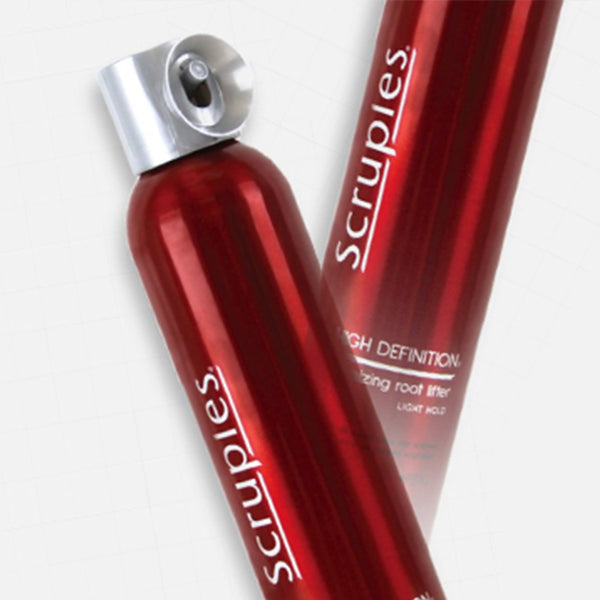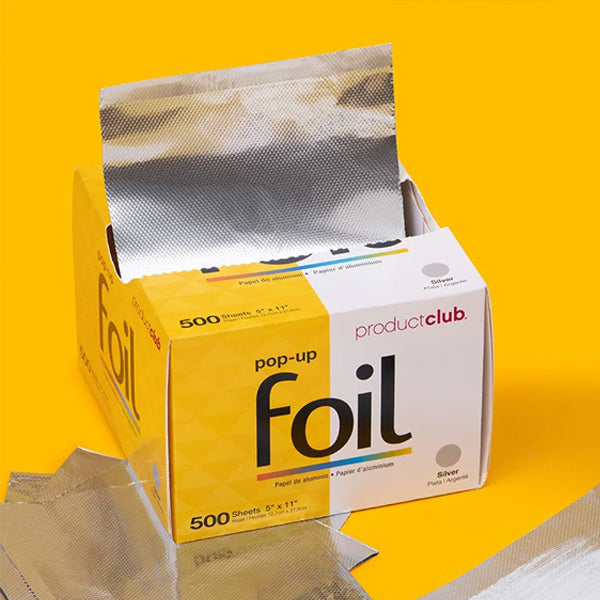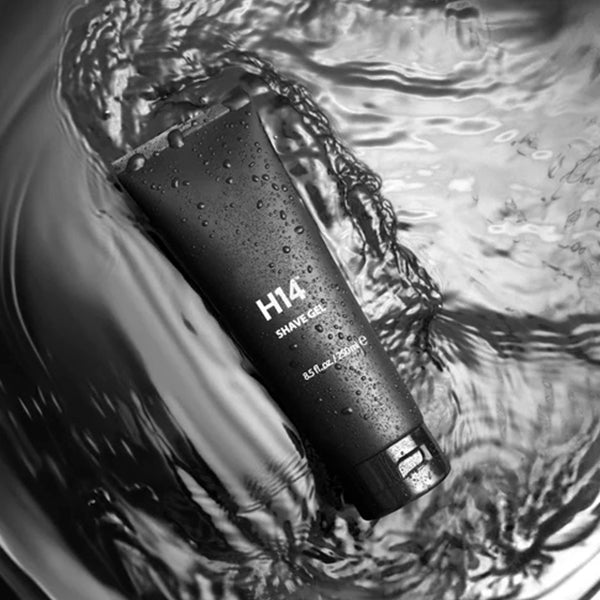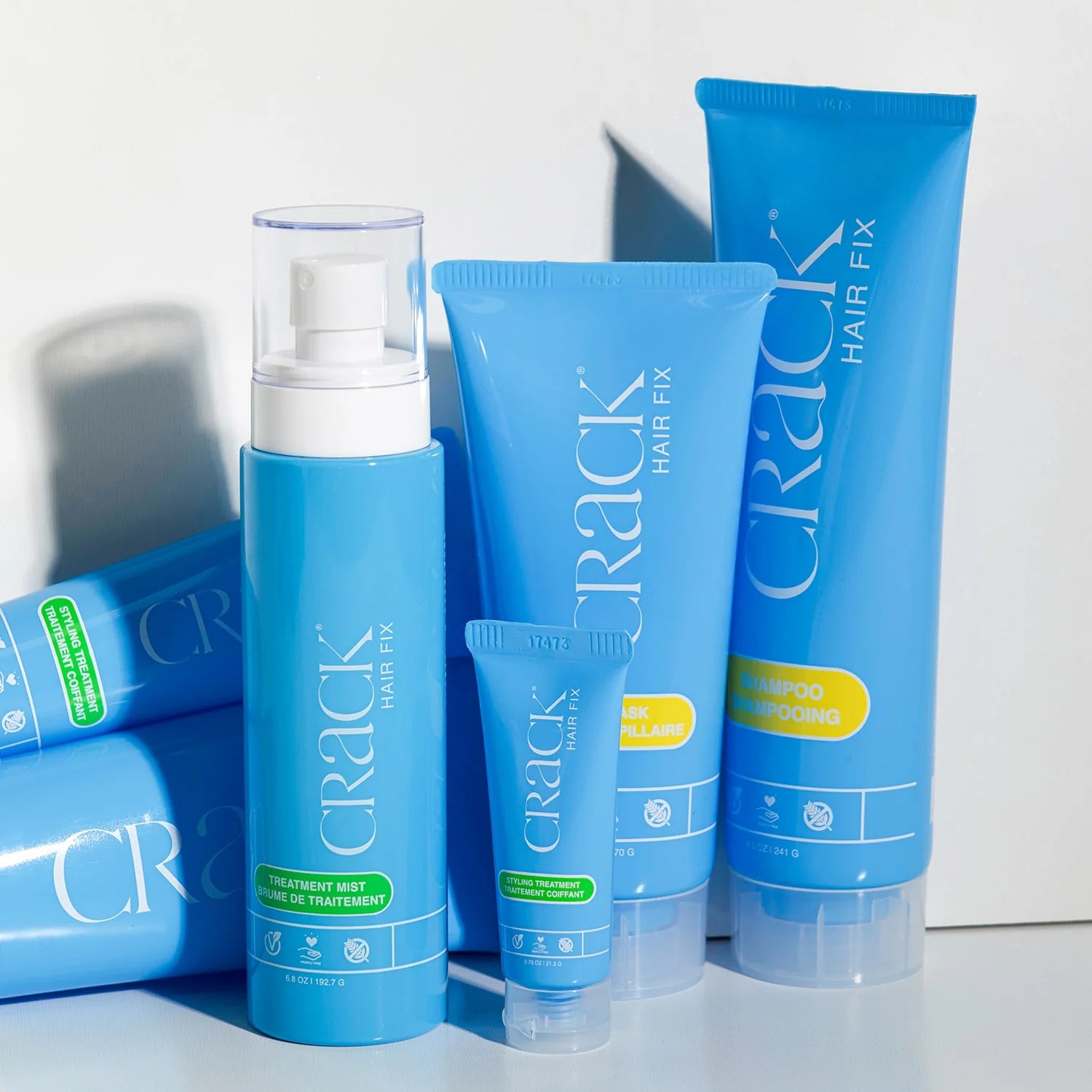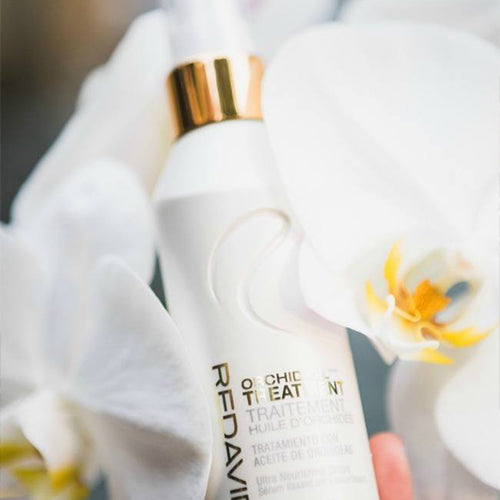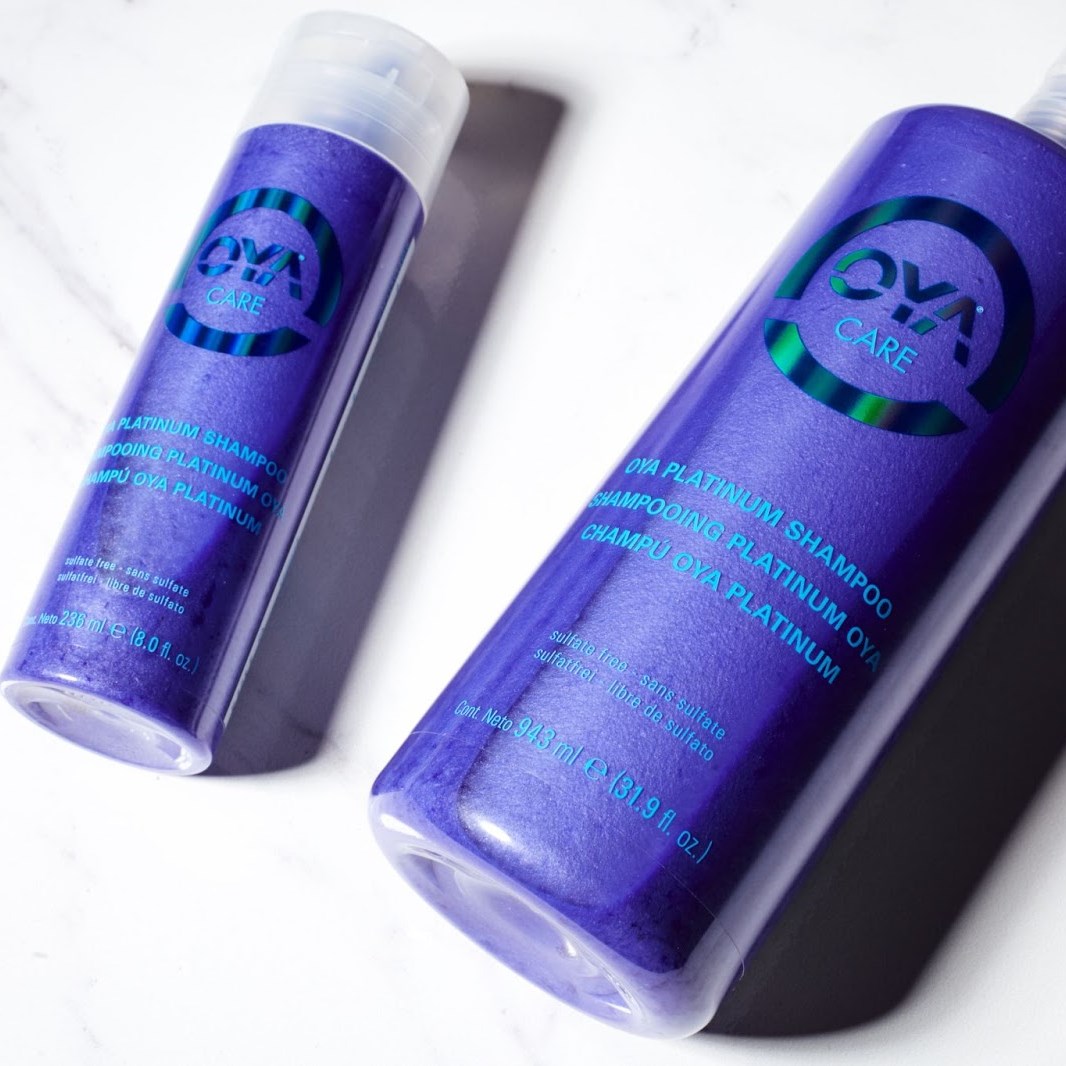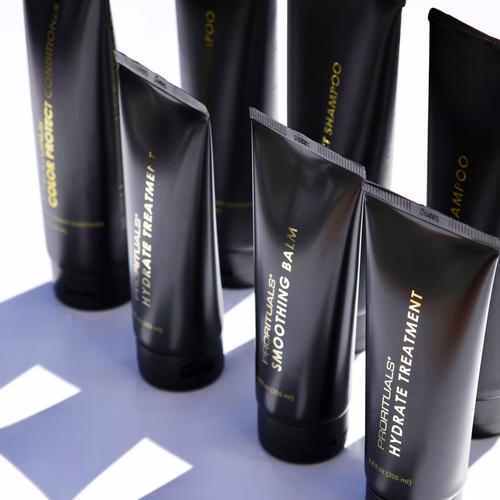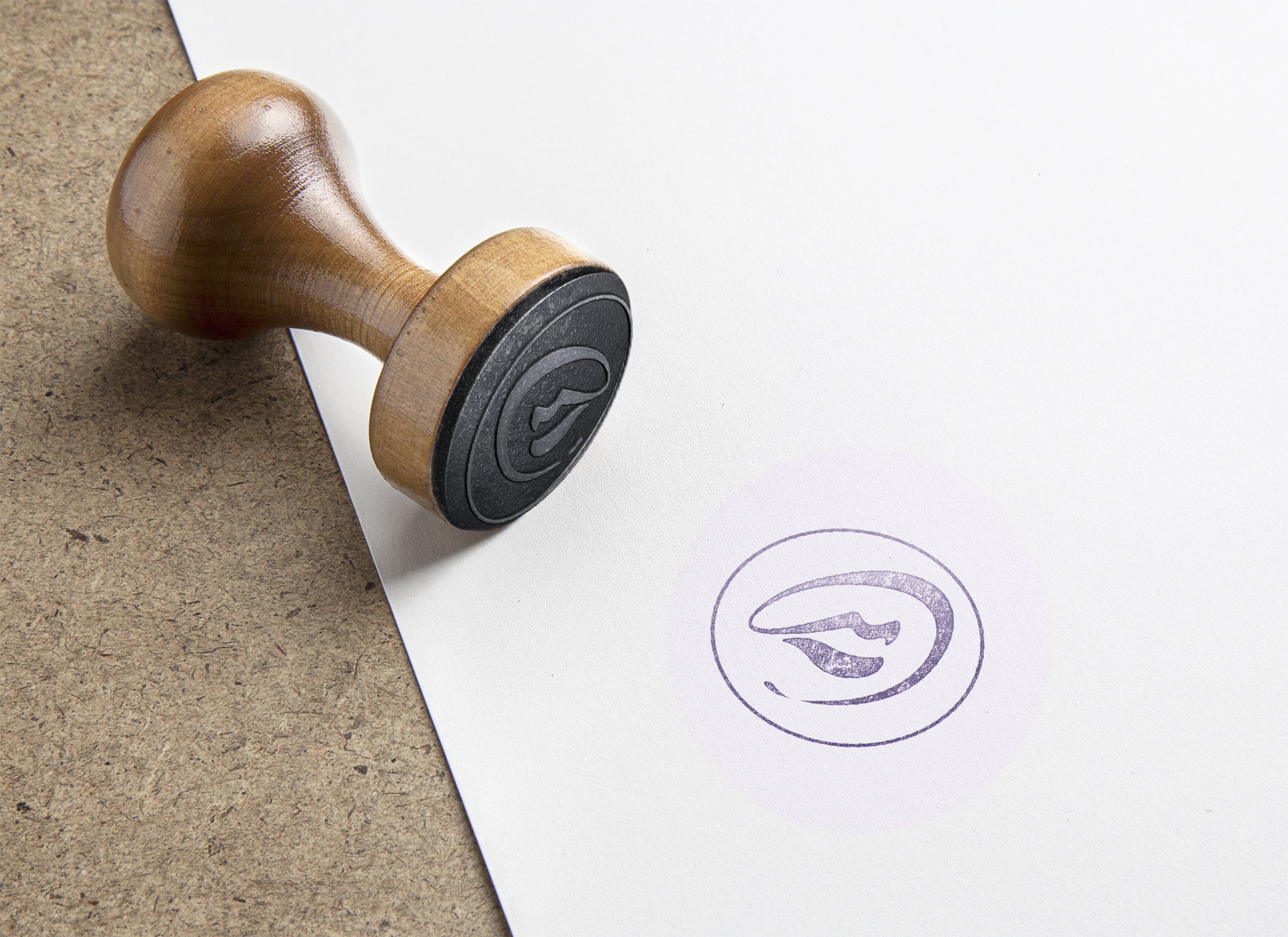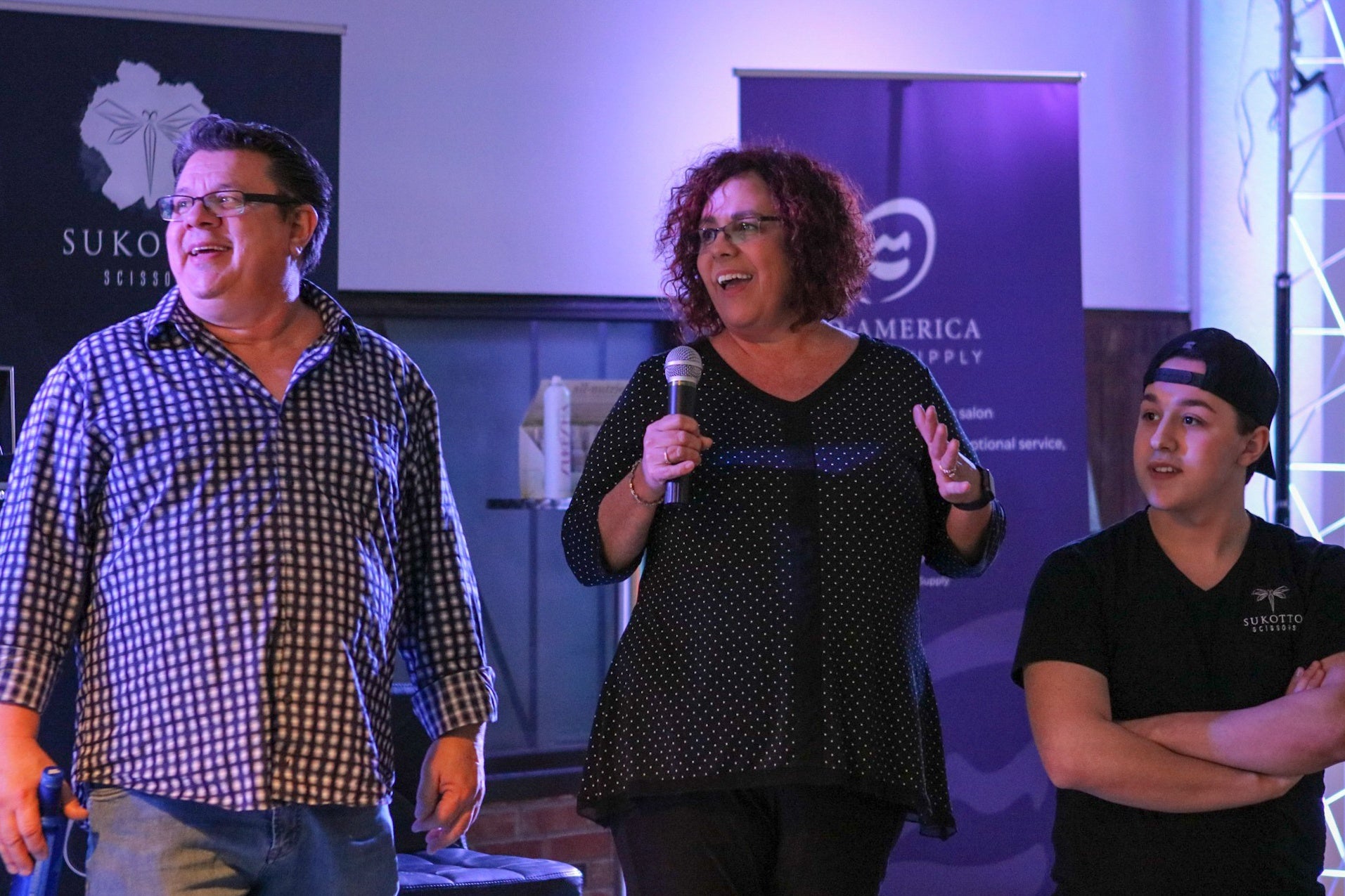Toner Timing Isn’t a Guess Honey!
Toning is often treated as the final flourish of a blonding service—but it’s also one of the most chemically delicate stages. The biggest mistake stylists make? Guessing the processing time.
Leaving toner on “until it looks right” or rinsing “when it feels ready” may work sometimes—but more often, it results in uneven tone, poor longevity, over-ash, or fast fade.
To consistently get the tone you want, you have to understand the oxidation curve—the chemical timing of how toners develop color.
Here’s why toner timing matters more than you think, and how to work with oxidation instead of fighting against it.
What Is an Oxidation Curve?
The oxidation curve refers to the chemical timeline that happens once a toner is applied to the hair. Toners are oxidative color—usually demi-permanent—and they rely on a developer to activate dye molecules.
These dye molecules develop in stages:
-
Initial deposit (0–5 minutes): Toner begins shifting the base—usually the fastest, most visible phase.
-
Mid-phase development (5–15 minutes): Oxidation deepens. Ash or cool tones fully reveal, and the color evens out.
-
Late phase (15–25+ minutes): The tone stabilizes, softens, and becomes more reflective or translucent—if the hair allows it.
If you rinse during the early or mid curve, the color may appear “done,” but it hasn’t fully set. This leads to:
-
Rapid fading
-
Hollow, incomplete tone
-
Toner behaving differently between appointments
-
Uneven results on porous zones
Why “Watching the Hair” Doesn’t Always Work
Toners, especially ash and beige tones, look darker while oxidizing.
-
What you see at 7 minutes isn’t the final tone—it’s mid-development.
-
Pulling it early because it “looks good” often results in faded or brassy hair within days.
-
On porous or pre-lightened hair, early rinsing creates inconsistency between root, mid-length, and end tones.
| Hair Type | Recommended Toner Timing |
|---|---|
| Virgin hair, healthy cuticle | Full 20–25 min |
| Pre-lightened, low porosity | 15–20 min (watch saturation) |
| Pre-lightened, high porosity | 10–15 min with porosity filler or clear dilution |
| Previously toned hair | Use gloss or shorter processing, 5–10 min depending on stability |
Developer Strength and the Curve
Most toners use 5–10 volume developer, but even small changes alter the curve.
-
5 volume: Slower lift, softer deposit, better for fragile or highly porous hair. Longer processing time is essential.
-
10 volume: Slight lift, quicker tone shift, better for canceling intense warmth—but timing must be exact to avoid over-toning.
Never use higher volume than the manufacturer recommends for toners—this pushes past the curve into unintended lightening or tonal distortion.
When to Rinse Early (Strategically)
There are exceptions—if you're:
-
Shadow toning and want only a haze of pigment
-
Working with fashion colors layered over pre-toned hair
-
Applying a multi-zone toner and timing each area separately
But even then, pre-plan your timing. Don’t “watch and guess”—clock it, then check.
How to Talk Clients Through It
Clients may get anxious waiting 20 minutes when the hair “looks toned” at minute 7.
Set expectations with clarity:
“It’s going to look darker than the final result while it processes—don’t worry, that’s part of the chemistry. If we rinse too soon, the tone won’t hold, and it could shift within days. I want it to last as beautifully as it looks today.”



